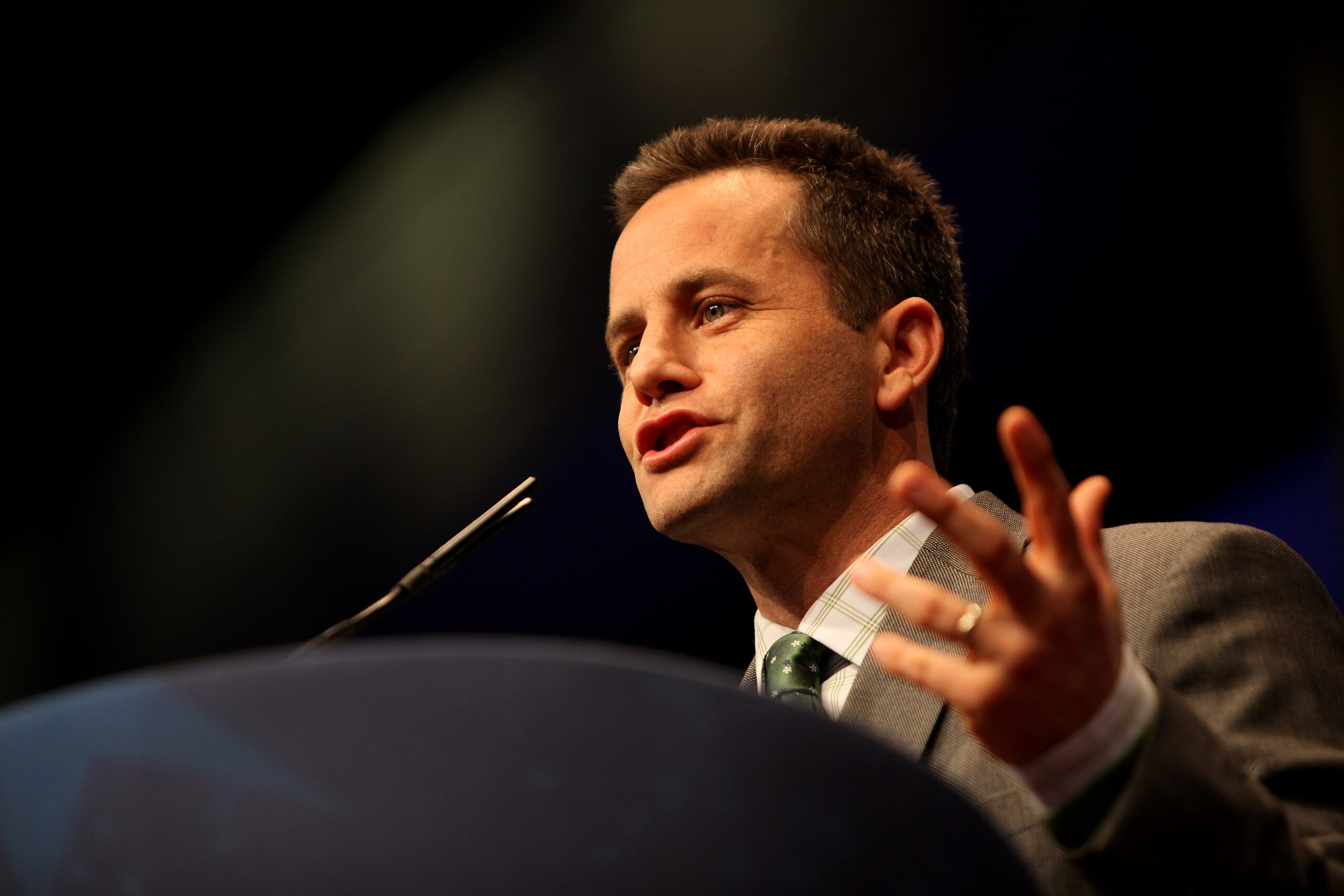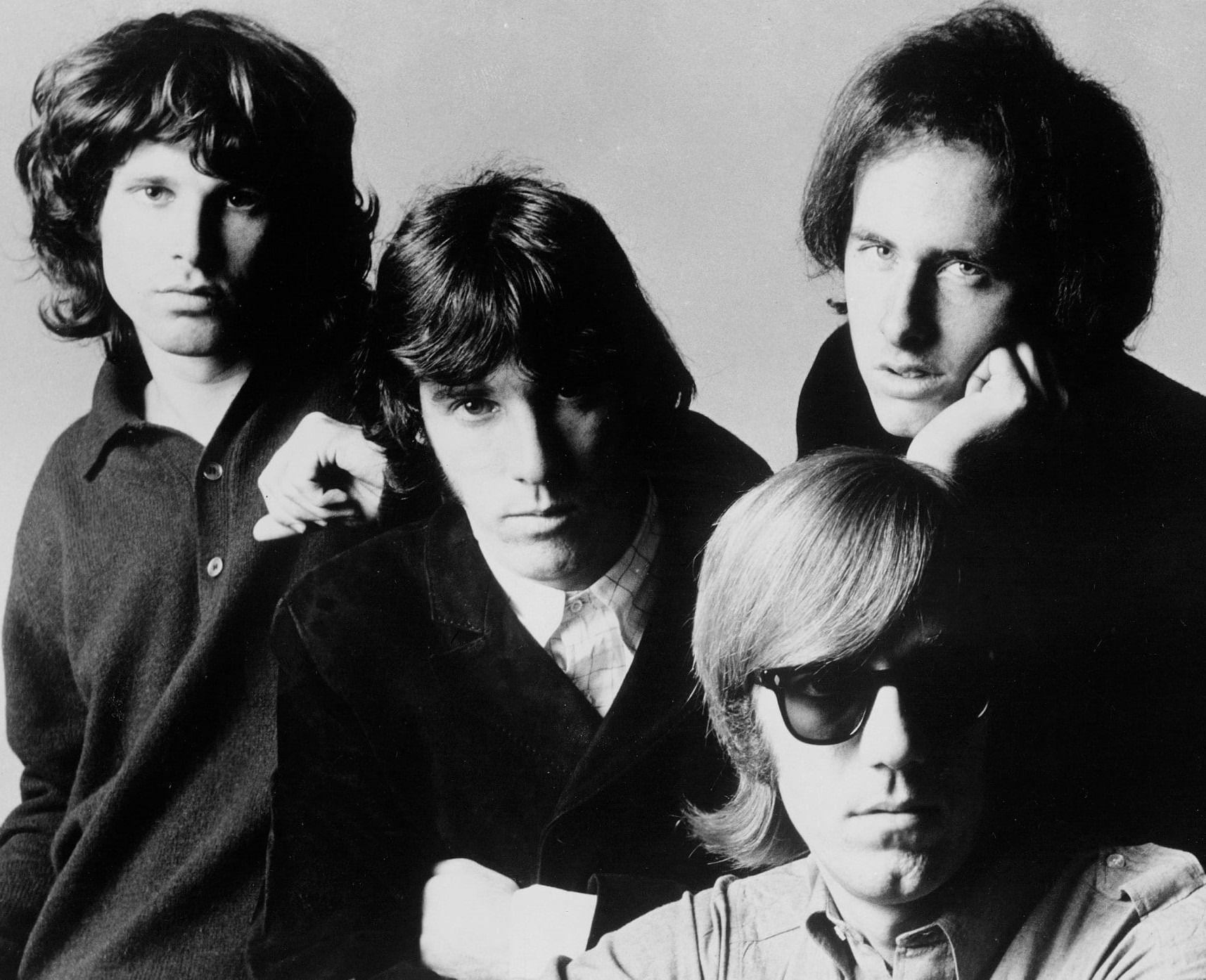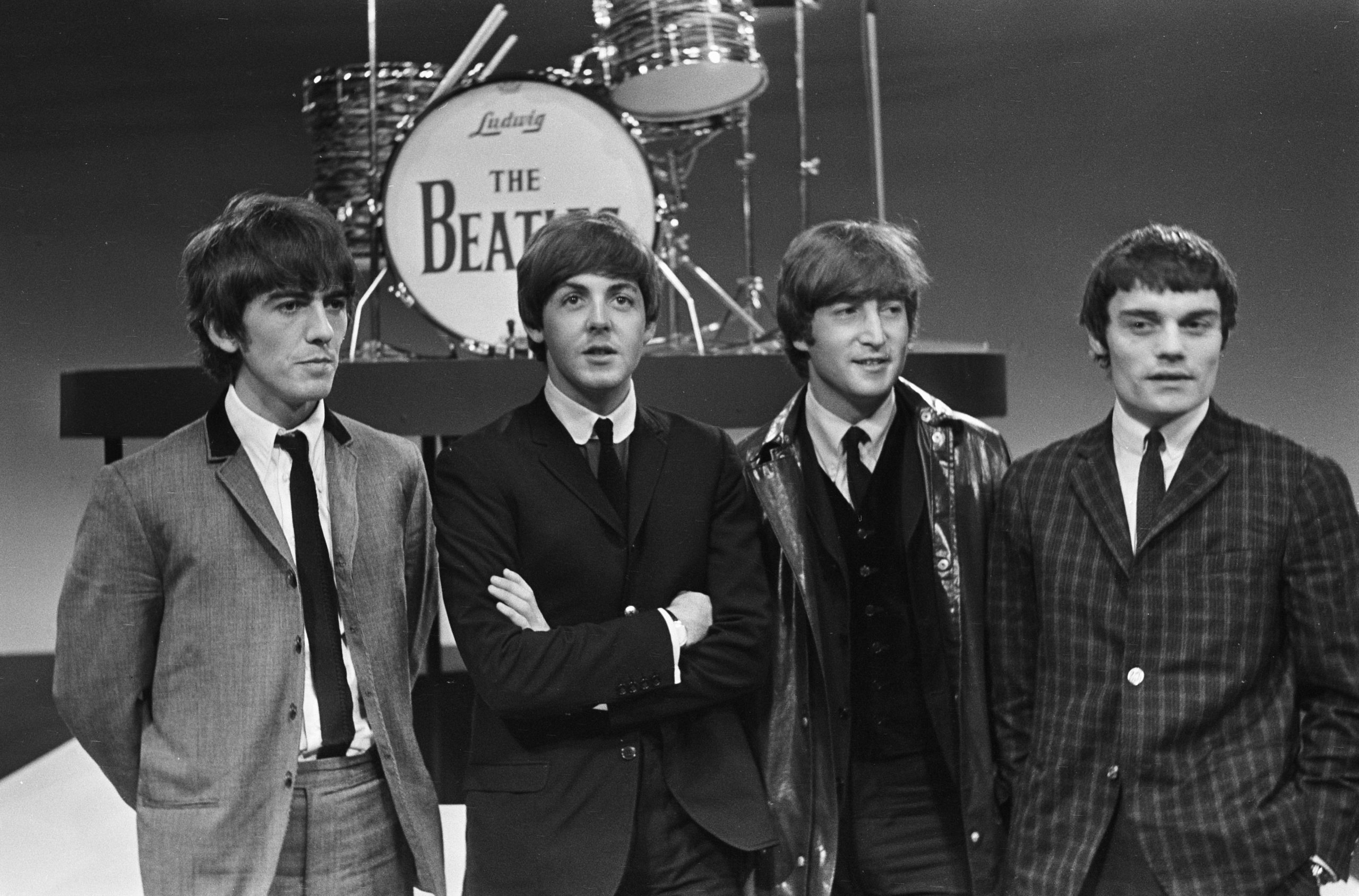Kirk Cameron’s 55th birthday on October 12th marks more than just another candle on the cake—it signals the aging of America’s last generation of truly shared childhood TV experiences. While you probably remember him as the mischievous Mike Seaver from Growing Pains, Cameron’s journey from teen heartthrob to evangelical advocate tells a bigger story about how radically entertainment culture has shifted.
When Everyone Watched the Same Shows
The Growing Pains era represents peak appointment television for families.
During its 1985-1992 run, Growing Pains wasn’t just popular—it dominated Nielsen ratings, peaking at #5 during the 1987-88 season. Millions of American families gathered around their TV sets every Tuesday night to watch Cameron’s character navigate suburban teenage hijinks. You either knew Mike Seaver or you didn’t watch TV.
There was no middle ground, no algorithm serving up personalized content, no binge-watching options. The show’s success made Cameron a genuine teen idol, earning him two Golden Globe nominations and a reported $50,000 per week. This was appointment television at its peak, when shared viewing experiences still defined American culture.
The Great Pivot That Changed Everything
Cameron’s religious conversion at 17 created industry tension and foreshadowed his post-Hollywood path.
Cameron’s born-again experience during Growing Pains wasn’t just personal—it became professional drama that would reshape his entire career trajectory. He pushed for more conservative storylines, creating friction with writers and co-stars who watched their workplace become a battleground over content.
This tension previewed his complete departure from mainstream entertainment. Today, he produces faith-based films like Fireproof, runs Camp Firefly for terminally ill children through The Firefly Foundation, and speaks at evangelical conferences nationwide. His transformation feels almost impossible to imagine in today’s social media landscape, where every celebrity opinion gets dissected in real-time across multiple platforms.
The Fragmentation Generation Gap
Cameron represents the end of collective pop culture touchstones.
Cameron’s career arc—massive mainstream success followed by niche audience dedication—mirrors something larger about American culture’s increasing fragmentation. Unlike today’s TikTok stars who build devoted but narrow followings from day one, Cameron experienced true cultural ubiquity before choosing his specialized path.
Modern child actors will never know what it feels like to be simultaneously beloved by mainstream audiences and later polarizing to those same fans. His story represents the last era when celebrities could assume shared cultural references and common viewing experiences across American households. At 55, Cameron embodies both the peak of collective entertainment culture and its inevitable evolution into today’s fragmented media landscape.


























